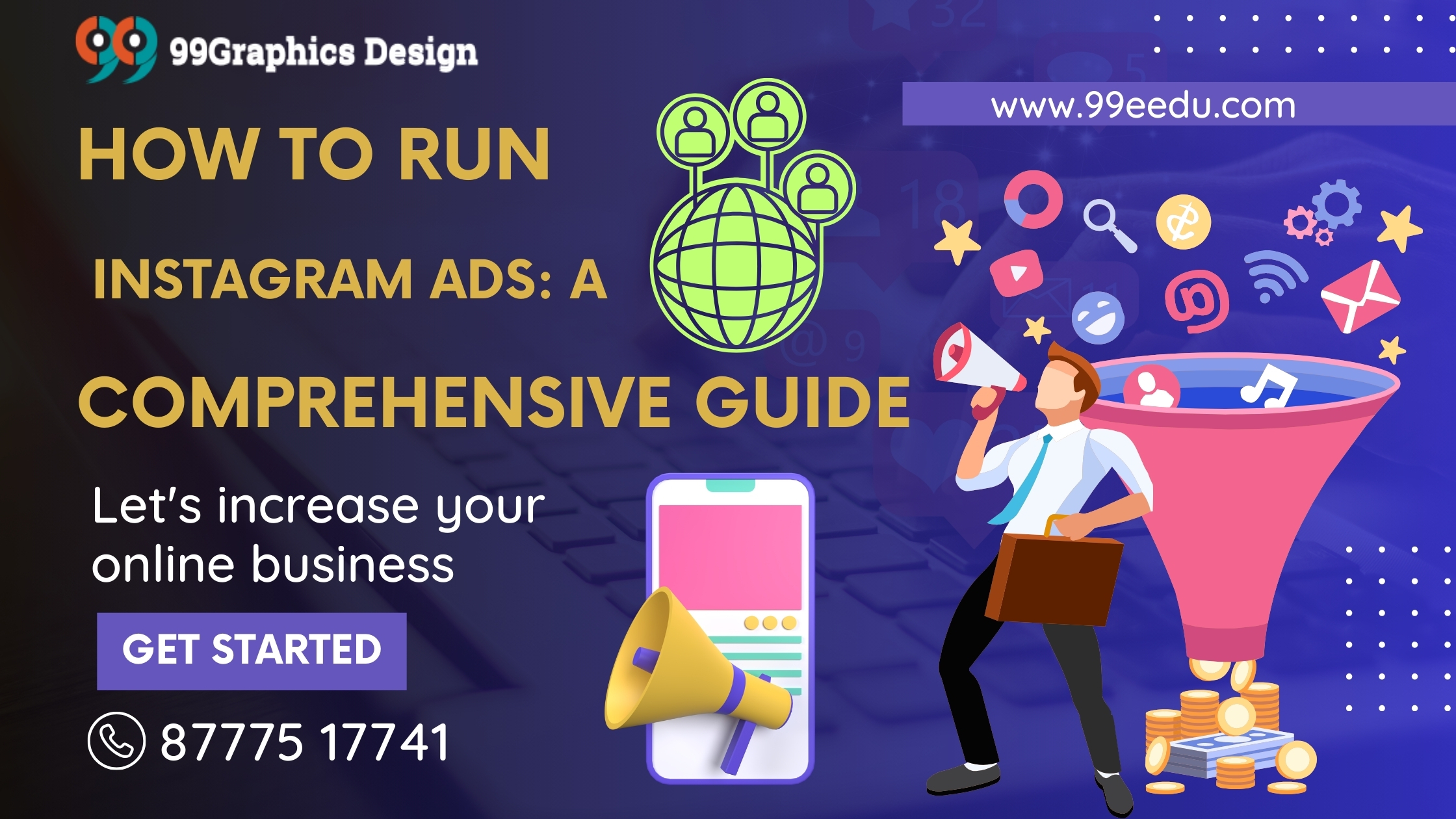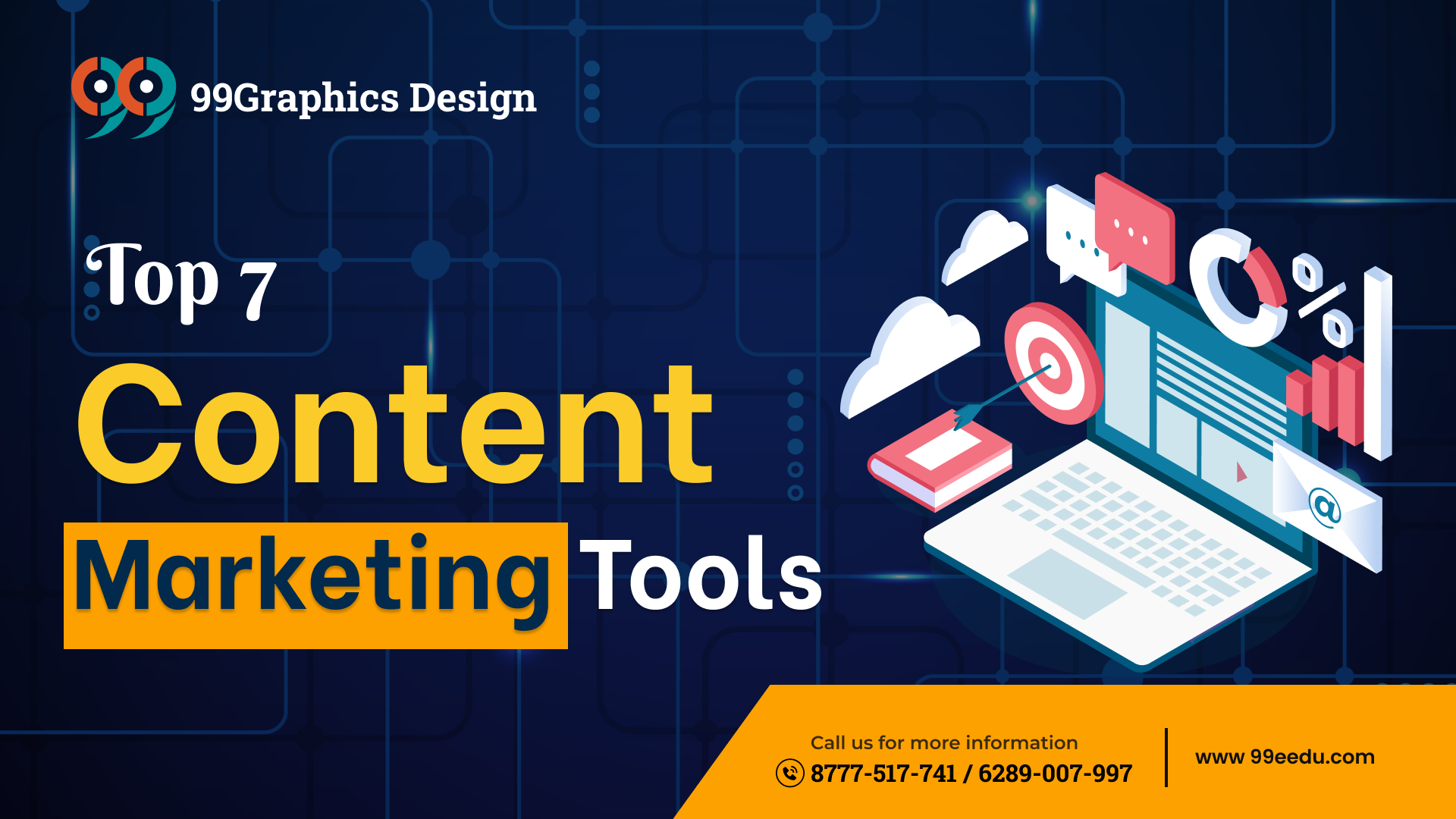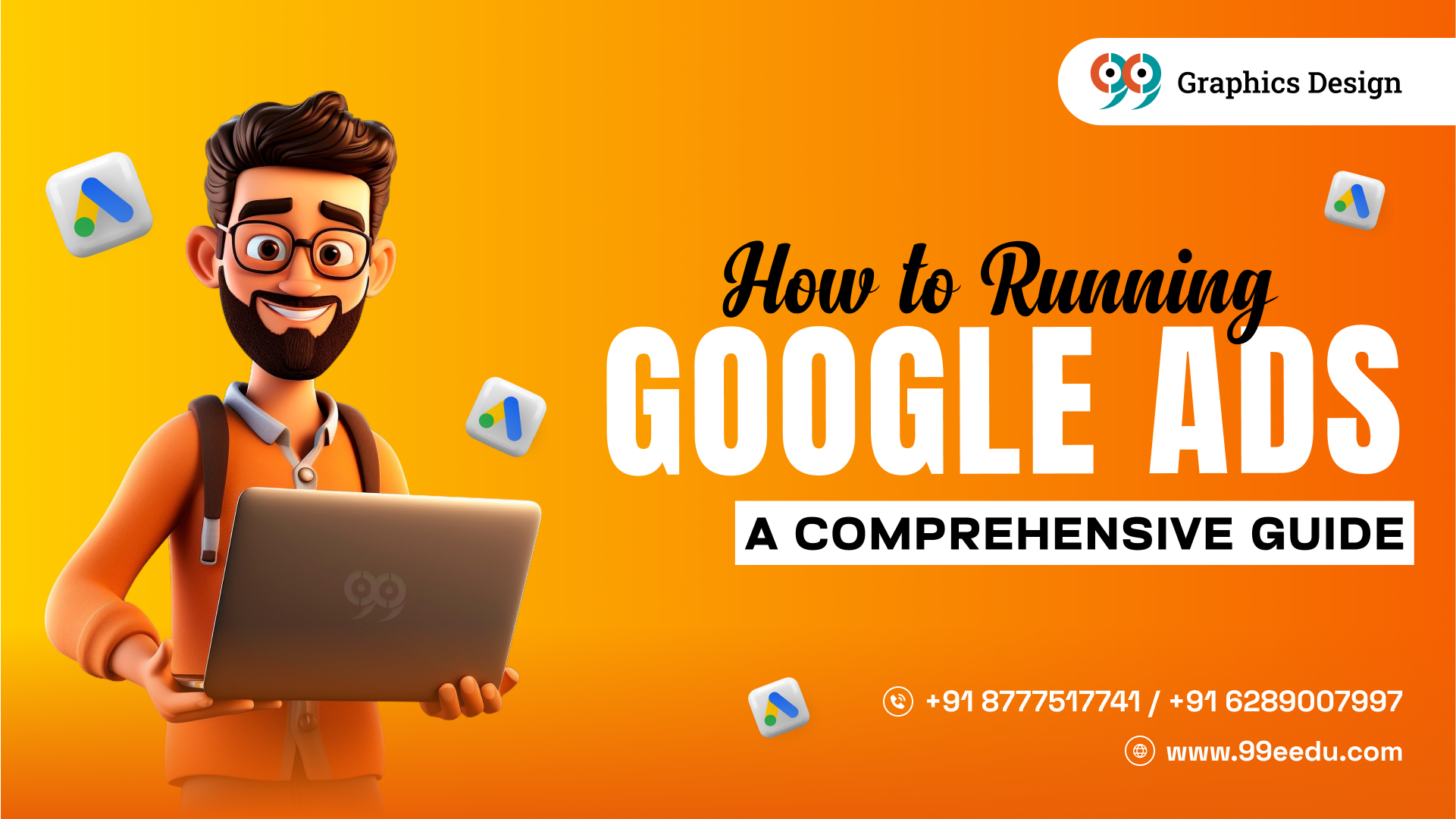Have you ever asked yourself how you can make it possible for your business to be featured on Google search results when users are looking for what you offer? Google is one of the biggest game changers on the internet today and in this article, we will help you with the steps on how to get your business Register My Business on Google. The above few tips will help you gain more viewership and thus customers for your business through the internet.
For any business person, it is crucial to forward your business to Google Maps as it helps in increasing your market visibility. Since millions of searches occur daily, it means that your business can benefit when it appears on Google. Regardless, of whether you run an independent local store or have an online business, having a Google Business profile brings your brand to the next level and helps you communicate with the audience.
Here, we are going to show you exactly how to go about listing your business on Google and some important things that you need to do to make sure your business is properly listed on Google right from the onset.
Why Registering Your Business on Google is Important
Google My Business listing is vital no matter how big or small your business is. Every time a customer is in search of a provider in your line of business, your business will pop up on the results page with details such as physical location, phone number, operation time and client rating. It enables you to get more customers and because of this, you will be in a position to trust your clients who you intend to work with.
How to Claim Your Business on Google
1. Go to Google My Business Website:
The initial requirement for getting your business listed on Google is to go to the Google My Business page. Here you will be required to log in to your Google account or to create a new one if you don’t have one.
2. Enter Your Business Information:
A business owner is required to enter some details as to the business Including the business name, physical address, phone, website, and the business category. It is also important to use relevant information and it should be current to avoid directing the customer somewhere they will not find your firm.
3. Verify Your Business:
Once you have put your business information the next step you are required to confirm your business. This can be done through a postcard that Google will send to the address you supplied to the portal. Once you receive the postcard you will be required to follow the instructions as a confirmation of your business.
4. Optimize Your Listing:
After your business has been confirmed, it is important to make some adjustments to the Google My Business listing. Include high-quality pictures, change your business working hours, and reply to customer ratings. Doing so will aid in enhancing the prospects of customers’ attention toward your listing.
6. Monitor Your Listing:
Once you list your business on Google, make sure you check the listing frequently. Edit it whenever you want, reply to the customer reviews and reviews on the business and see how the customers are engaging with the business on Google.
Tips for Success
- One common thing that many business owners forget is to update the business information in GMB.
- It is the best practice to ask your satisfied customers to write positive reviews of your listing.
- High-quality photos of the business should be used.
- Take time to reply to the customers when they have commented on your page or when they have sent you a message.
- To do this, it is advisable to monitor your listing now and then to feel the pulse of the market.
After going through these steps and the tips outlined, you will be in a good position to register the business on Google and start getting customers online. Do not allow this chance to slip by if you are eager to enjoy higher online exposure and better business prospects. Try it Today you will never regret it because the benefits are real.
1. Why Your Business Should Register with Google
Whenever someone is looking for something to buy or a service provider, they likely go to Google first. Organising your business into Google Business Profile will locate your business in the local search results, on maps and in the knowledge panel with details such as business hours, location and reviews.
Now if you’re contemplating how to register my business on Google, I should tell you that the process is quite easy. The benefits are numerous:
- More chances to be seen by the target audiences in a search.
- The facilities represent business info such as phone numbers and website addresses.
- Review and update as approaches towards customer engagement.
- Identification and analysis through Google’s highly efficient eConsole.
Fundamentally, if you don’t have this listing you are depriving yourself of prospects, the people who are actively seeking the services you offer.
2. How to Register a Business for Google
a) Google AccountCreation of the Google Business Profile starts with the creation of a Google account.
Before you can create a Google Business Profile you will need to have a Google account. If this is your case, then you will find it fairly easy to register your business using your Gmail or Google account. Otherwise, follow these steps:
1. Visit the Google Account Signup Page:
To get to the page that I referred to as a stepping stone to creating the Google Account, click the following link and create the account.
2. Fill in Personal Information:
While communicating with someone just provide your first and last name, your email address and any other information you wish to provide.
3. Verify Your Account:
As soon as the new account is made, Google will send the registration details such as a verification email or an SMS to the new account holder.
Thus, those who haven’t had a Google Plus account by now, are in a vantage position of how to create a Google business account.
b) How to register on Google My Business
This now brings us to how to vet your Google account for listing using the Google My Business (GMB). Here’s the detailed process:
Go to Google My Business:
To register visit Google My Business by either searching using the keywords ‘Google My Business’ or by browsing the website directly under www.google.com/business. This is going to be the place where you pay attention to your business account.
Click ‘Manage Now’:
And that is why you will find a button that will read ‘Manage Now’. Click this to start with the registration process:-
Now you’re ready for the crucial part: some of the complexities of how to register on Google My Business.
3. How To Create a Google My Business Profile
Once you’re in the Google My Business dashboard, follow these steps:
a) Enter Your Business Name
Google will first ask you to input your business name. Ensure that they key the full and proper business name correctly on the website. This step related to establishing brand consistency is crucial. If you are asking yourself how to register on Google Business this is it, the very initial step.
b) Selects Your Business Line
Google helps you to classify your business in my opinion so that your business can be cropped up whenever the search is made. For example, it is expected that if the user owns a bakery store then the chosen categories would be “bakery” or “cafe”. Choosing the right category will allow the visiting potential customers to find businesses like yours while looking for the services offered.
c) Add Your Business Location
Then you will have to indicate whether your business has a tangible outlet that customers can access. If you own a physical store, then you key in your shop location; if your business operates online, then you key in the geographical regions you offer your services. It is one of the few things that anyone seeking to learn how to make a Google business page visible to its target local customer on Google Maps should consider.
4. How to Open a Google Business Account and Verify Your Business
Having filled in the basic fields with your business information you need to confirm its authenticity to proceed with registration. Here’s how verification works:
a) Postcard by Mail
The business address that the account owner uses to sign in to Google will always receive a verification postcard likely to take a few days to arrive. After that, please follow the instructions given on the received card to proceed with the verification procedure.
b) Phone or email authentication
Sometimes you may also be offered a choice to confirm the veracity of your business via a phone call or by email. This option is possible only for a limited number of categories of businesses.
Upon verification of your business, you can gain full access to your Google business account and begin to make changes to the information that is published about your business as well as respond to customers’ inquiries about your business.
5. How to Make the Most Out of Your Google Business Profile
Understanding how to sign up for Google My Business is only half the battle – now it’s time to learn how to get customers to notice you. Here are some tips:
a) Add Business Photos
I think that customers are much more likely to open a profile that contains images. Post clear images of your business or company, products, or services offered. Every person loves illustrations since they make them develop trust and also get some experience of what is going to happen.
Business Hours: b) Change Business Information
Always make sure that the business hours that you are putting down are correct and are the most recent. If you are providing services such as home delivery, or online appointment you should include this information in your profile. It is a very important process that concerns how to register Google business and maintain the Google business’ profile relevance.
c) Collect and respond to Reviews
The third recommendation involves persuading your customers to leave comments/reviews on your profile. Not only do the reviews assist in increasing your visibility but also assist in the development of credibility. It is necessary to answer the reviews, for example, using such words as ‘Thank you,’ or words about regret about your products if they are bad. Responding on time makes the customer feel valued and shows them that your business cares for their opinions.
It’s also useful to describe the products or services that your business offers so that customers have an idea as to what to expect from the business. Incorporation of this extra information will ensure that you are well-placed against competitors within search engines.
6. Advanced Features: Business Tools You Should Use Courtesy of Google
Google My Business is not a simple listing site; it is low-level software aimed at helping your enterprise thrive. Once you know how to create a Google business profile, take advantage of the following tools:
a) Insights
Google My Business helps you to understand how people search and engage with your listing. This means that there is the ability to know the traffic that comes from the profile in terms of views, clicks, and even phone calls. You should be using this data to modify your marketing approach.
b) Google Posts
Google Business profile offers the “Posts” tool through which you can share information directly in the business profile. Not only are Google Posts useful when you are announcing a new product, or have a current promotion going, such as a sale, but they prevent your profile from becoming stale. It’s not enough to know how to create a Google business page; there are features such as Posts that should be employed to keep your business profile alive.
c) Messaging
You can also turn on messaging on your profile so that customers can get in touch with you through Google. This feature can enhance a person’s interest and will let you explain what a customer needs to know.
7. How to Protect Your Google Business Profile
How to make a Google business page: After following these guidelines, make sure to keep your Business Profile fresh and up-to-date. Here are some maintenance tips:
1. Regularly update your hours:
That means that every time there are changes that are made regarding working hours such as during holidays or some other circumstances then the profile should be updated.
2. Respond to reviews and questions:
The customers’ engagement is important also to the social media organisation’s reputation.
3. Update your photos and offerings:
As much as possible, refresh your pictures, and ensure that any information concerning the product or the service you’re offering is updated.
4. Monitor performance with insights:
For a greater understanding of engagement use the facilities of Google to determine which sections attract the most attention.
Master Digital Marketing Course with 99eedu Institute: Learn to Set Up Google My Business and More!
Achieve the formidable potential of Internet marketing now at 99eedu Institute, your ultimate learning destination in Kolkata through the Digital Marketing Course. The program is full-blown and prepares you for everything the digital marketer should know and will give you the basics of setting up Google My Business. For local SEO and to attract local customers in contemporary society, having a Google My Business profile becomes essential. At 99eedu Institute the process of registering your business on Google will be explained in detail..
Our course is practical and focuses on setting up and managing a Google Business Profile, structuring your listing for better ranking, and using Google Posts, and Google Insights. It is these skills that will enable your business site to rank well in the search engines so you can get local traffic. Our Digital Marketing Course also focuses on SEO, SMM, PPC, and Content Marketing in Kolkata, therefore handing you an all-encompassing guide to success in the contest online marketing world. We pride ourselves on instructors and a hands-on approach in order to make sure that your training gives you real-life experience. Have you decided that you are now ready to get professional in your digital marketing? kazan Digital Marketing Course with 99eedu Institute and learn how interaction works for the best online marketing.
Conclusion
It is imperative for me as a business owner and anyone interested in improving their business Google presence to know how to register a business on Google. Generally with these measures and regular fine-tuning of the profile one gets more customers and also improves the brand visibility in cyberspace. If you are still asking yourself how to open a Google business account or how to make a Google business page this guide covers all you need to know.
Make good use of this great tool now and offer your business the prominence it requires.
If you want to take the Digital Marketing Course in Kolkata then visit Us – 99EEdu Institute
Follow Us- on Facebook / Instagram.


 5.0
5.0








